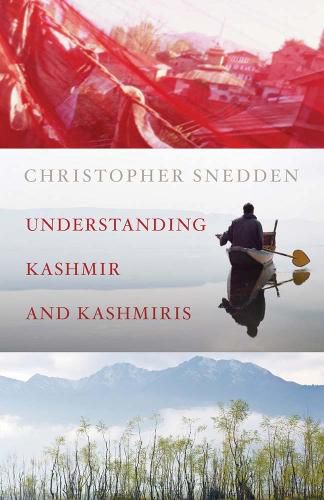Readings Newsletter
Become a Readings Member to make your shopping experience even easier.
Sign in or sign up for free!
You’re not far away from qualifying for FREE standard shipping within Australia
You’ve qualified for FREE standard shipping within Australia
The cart is loading…






In 1846, the British created the state of Jammu and Kashmir (J&K) - popularly called ‘Kashmir’ - and then quickly sold this prized region to the wily and powerful Raja, Gulab Singh. Intriguingly, had they retained it, the India-Pakistan dispute over possession of the state may never have arisen, but Britain’s concerns lay elsewhere - - expansionist Russia, beguiling Tibet and unstable China ‘circling’ J&K - - and their agents played the ‘Great Game’ in Afghanistan and ‘Turkistan’. Snedden contextualises the geo-strategic and historical circumstances surrounding the British decision to relinquish prestigious ‘Kashmir’, and explains how they and four Dogra maharajas consolidated and controlled J&K subsequently. He details what comprised this diverse princely state with distant borders and disunified peoples and explains the Maharaja of J&K’s controversial accession to India on 26 October 1947 - and its unintended consequences. Snedden weaves a compelling narrative that frames the Kashmir dispute, explains why it continues, and assesses what it means politically and administratively for the divided peoples of J&K and their undecided futures
$9.00 standard shipping within Australia
FREE standard shipping within Australia for orders over $100.00
Express & International shipping calculated at checkout
In 1846, the British created the state of Jammu and Kashmir (J&K) - popularly called ‘Kashmir’ - and then quickly sold this prized region to the wily and powerful Raja, Gulab Singh. Intriguingly, had they retained it, the India-Pakistan dispute over possession of the state may never have arisen, but Britain’s concerns lay elsewhere - - expansionist Russia, beguiling Tibet and unstable China ‘circling’ J&K - - and their agents played the ‘Great Game’ in Afghanistan and ‘Turkistan’. Snedden contextualises the geo-strategic and historical circumstances surrounding the British decision to relinquish prestigious ‘Kashmir’, and explains how they and four Dogra maharajas consolidated and controlled J&K subsequently. He details what comprised this diverse princely state with distant borders and disunified peoples and explains the Maharaja of J&K’s controversial accession to India on 26 October 1947 - and its unintended consequences. Snedden weaves a compelling narrative that frames the Kashmir dispute, explains why it continues, and assesses what it means politically and administratively for the divided peoples of J&K and their undecided futures